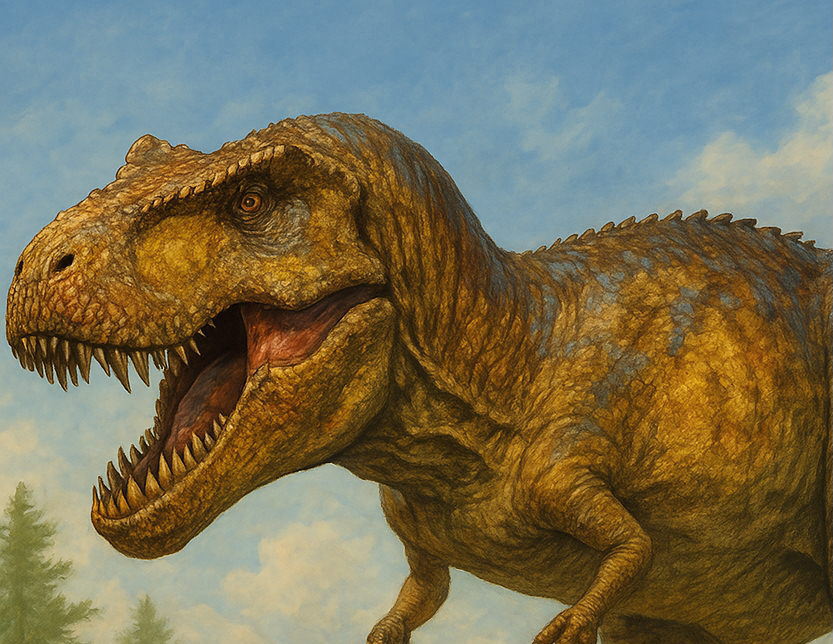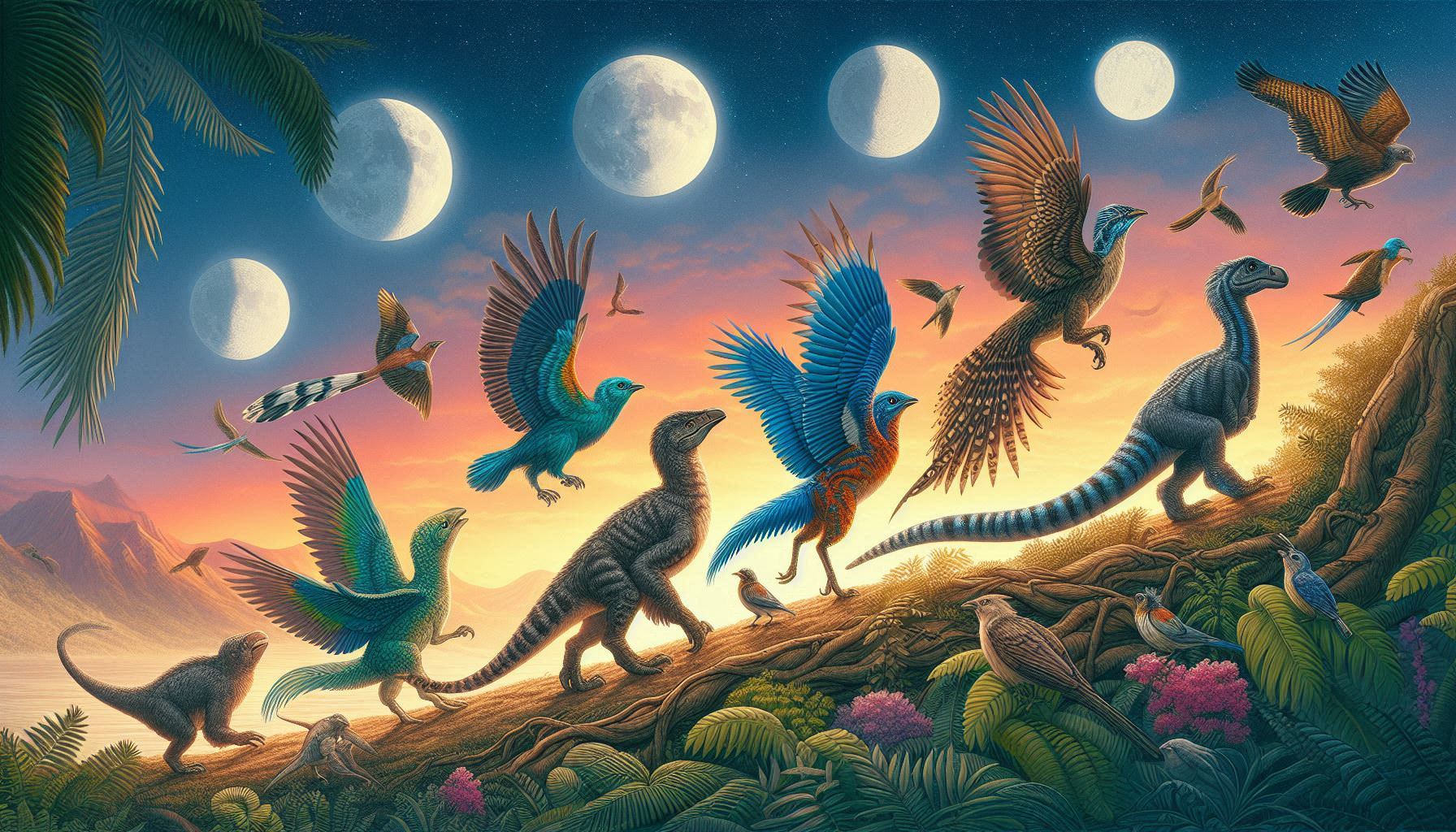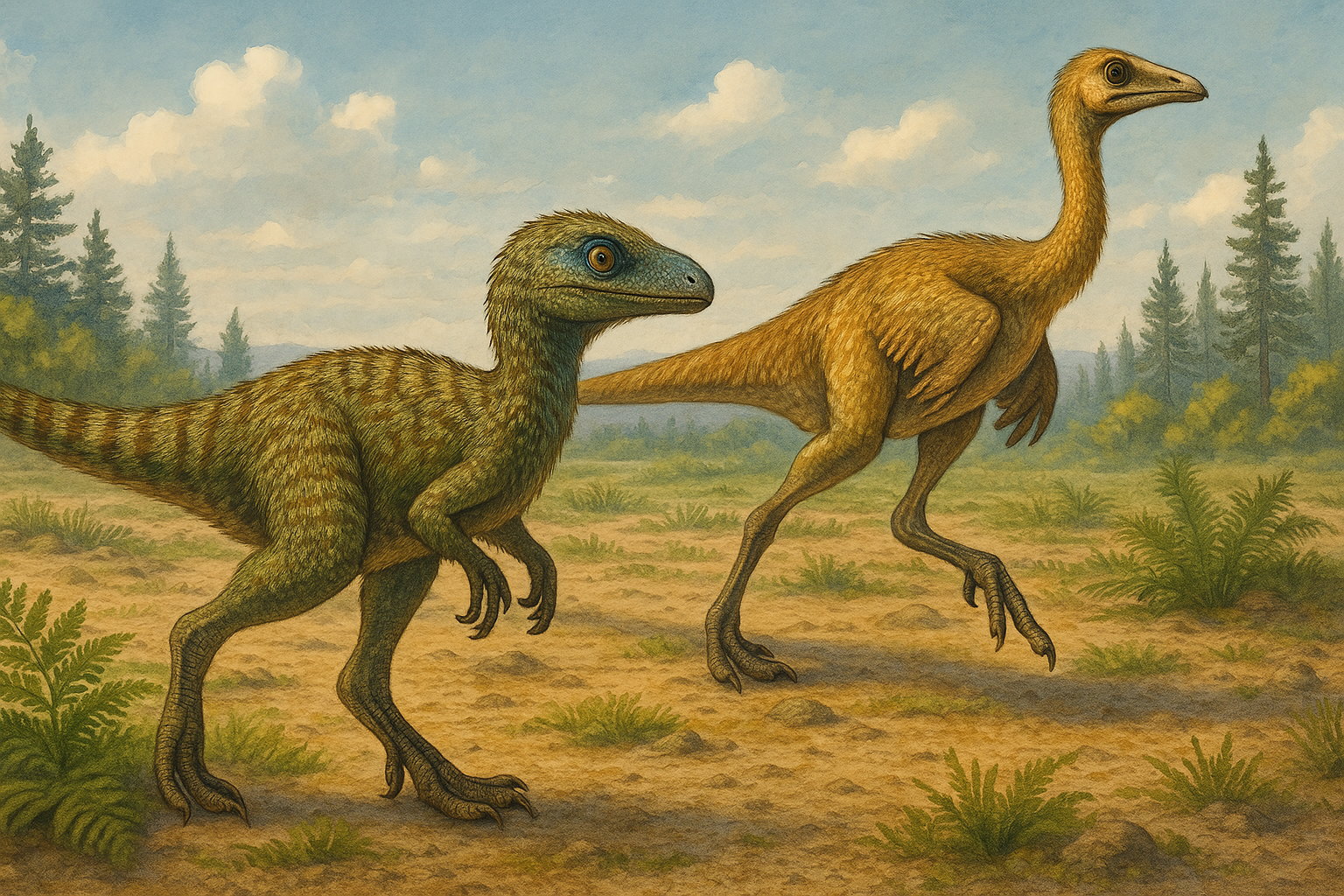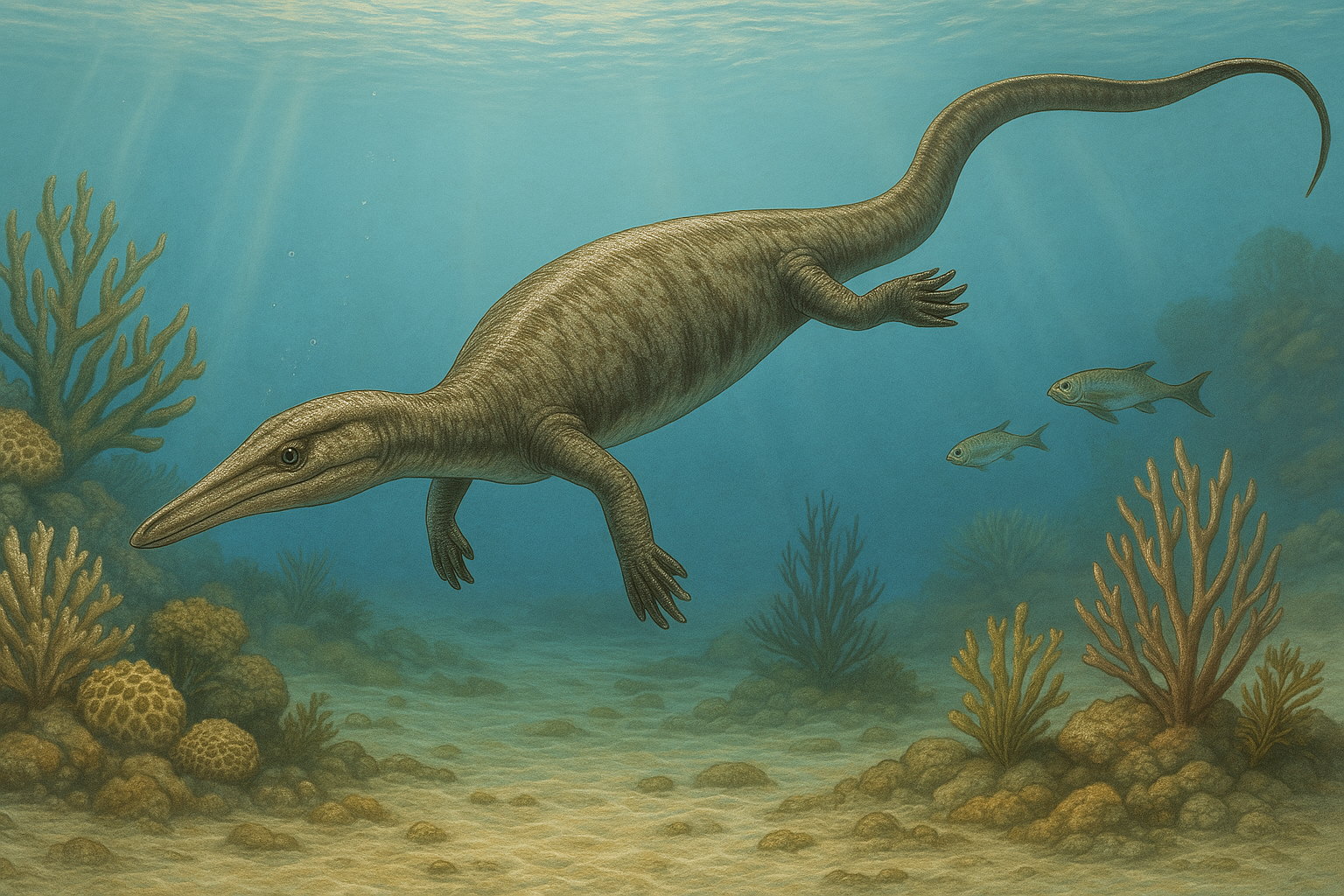No dinosaur sparks more curiosity—or dread—than Tyrannosaurus rex. Popularized in films and museum halls around the world, this Late Cretaceous predator has become the ultimate symbol of prehistoric power. But behind the oversized reputation lies a complex, evolving scientific portrait of a creature that was both terrifying and fascinating.

Let’s dig into what science tells us today about T. rex: its anatomy, lifestyle, and legacy in paleontology.
- When and Where Did T. rex Live?
- How Big Was T. rex?
- What Did Tyrannosaurus rex Eat?
- Did T. rex Have Feathers?
- What About Those Tiny Arms?
- Behavior and Intelligence
- Fossil Discoveries and Research
- FAQ
- When did Tyrannosaurus rex live?
- Was T. rex the biggest carnivorous dinosaur?
- Did T. rex have feathers?
- How strong was its bite?
- Could T. rex run fast?
When and Where Did T. rex Live?
Tyrannosaurus rex lived approximately 68 to 66 million years ago, during the very end of the Late Cretaceous period. It was one of the last non-avian dinosaurs to walk the Earth before the mass extinction event that wiped out roughly 75% of life on the planet.
Fossils have been found across western North America, especially in the fossil-rich Hell Creek Formation, which spans parts of Montana, South Dakota, and Wyoming.
How Big Was T. rex?
T. rex was among the largest terrestrial carnivores ever to live. Adults typically measured:
- 12 to 13 meters (about 40–43 feet) in length
- 4 meters (13 feet) tall at the hips
- Weighed up to 8–9 tons
Its massive skull could exceed 1.5 meters (5 feet) in length and housed some of the most powerful jaws in the animal kingdom.
What Did Tyrannosaurus rex Eat?
T. rex was a carnivore, with a bite force estimated at over 35,000 newtons—strong enough to crush bone. Its diet likely included large herbivorous dinosaurs such as Triceratops and Edmontosaurus.
Interestingly, T. rex might have also been a scavenger at times, capable of detecting carrion from long distances using its highly developed sense of smell.
Did T. rex Have Feathers?
This remains a debated topic. While no direct fossil evidence of feathers has been found on adult T. rex specimens, many paleontologists suspect that juveniles may have been feathered, and some distant relatives in the tyrannosaurid family tree certainly were.
As of current research, T. rex is depicted both with and without feathers depending on life stage and source.
What About Those Tiny Arms?
Yes, the arms were famously short—but not useless. T. rex had incredibly strong arm muscles for their size and two sharp claws. Recent studies suggest these limbs could have helped in:
- Holding prey during feeding
- Helping the animal rise from a resting position
- Engaging in mating or combat behaviors
They were small, but by no means weak.
Behavior and Intelligence
T. rex had a relatively large brain compared to other dinosaurs, particularly in areas related to vision and smell. CT scans of fossil skulls reveal it had binocular vision—good depth perception—and possibly an excellent sense of hearing.
Though it likely didn’t hunt in packs, T. rex was probably a solitary apex predator—the top of its food chain.
Fossil Discoveries and Research
The first partial skeleton was discovered in 1902 by Barnum Brown in Montana. Since then, dozens of specimens have been uncovered, with some of the most famous including:
- “Sue” – the largest and most complete T. rex fossil, housed at the Field Museum in Chicago
- “Scotty” – one of the oldest individuals ever found
These fossils continue to provide new insights into growth patterns, injuries, and even soft-tissue impressions.
FAQ
When did Tyrannosaurus rex live?
It lived during the Late Cretaceous, about 68 to 66 million years ago, just before the mass extinction that ended the age of dinosaurs.
Was T. rex the biggest carnivorous dinosaur?
It was one of the largest. While rivals like Spinosaurus may have been longer, T. rex had unmatched jaw strength and bulk.
Did T. rex have feathers?
No direct fossil feathers have been found on adult T. rex, but evidence from related species suggests juveniles might have had them.
How strong was its bite?
It had one of the strongest bites of any land animal—capable of crushing bone with over 35,000 newtons of force.
Could T. rex run fast?
Probably not. Most estimates place its top speed at around 20–25 km/h (12–15 mph), more suited for ambush than chase.
# tyrannosaurus rex facts, real t rex size, how strong was t rex bite, late cretaceous predators, feathered tyrannosaurs, t rex skull size, sue the dinosaur, hell creek formation fossils, tyrannosaurid evolution, dinosaur extinction









